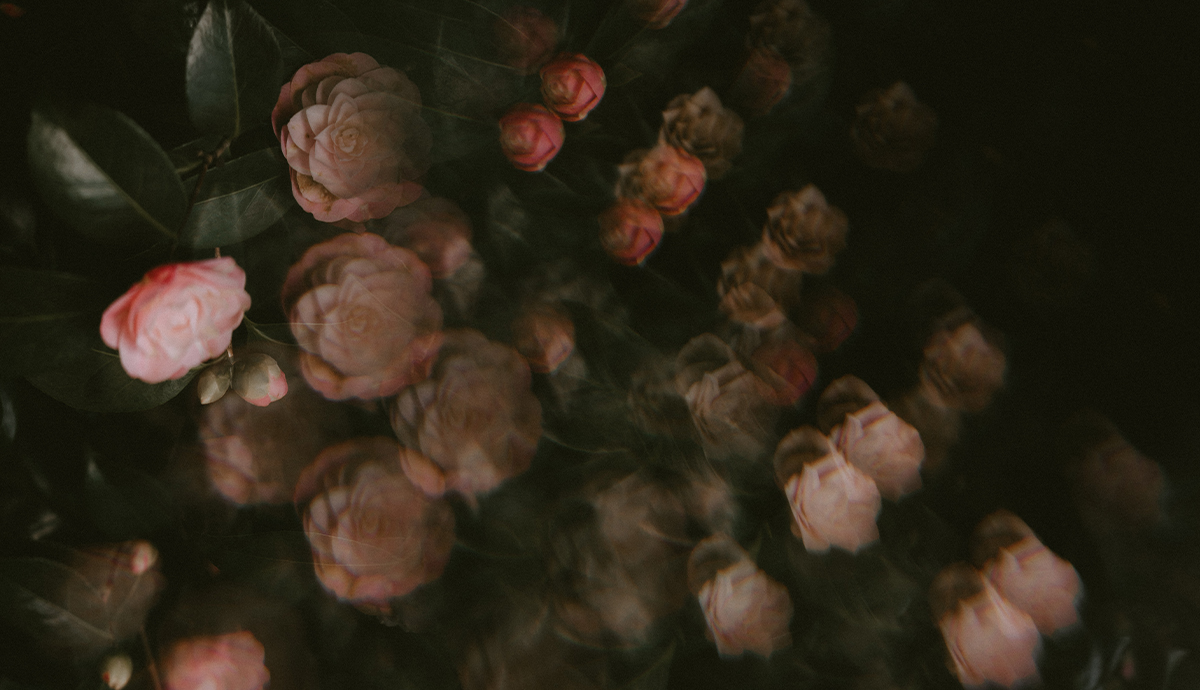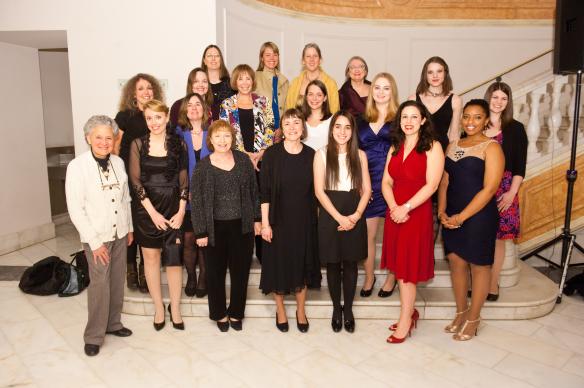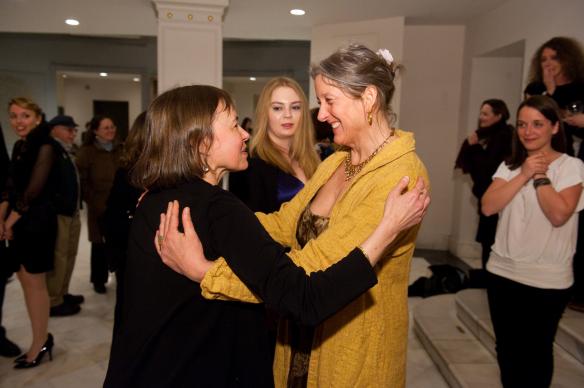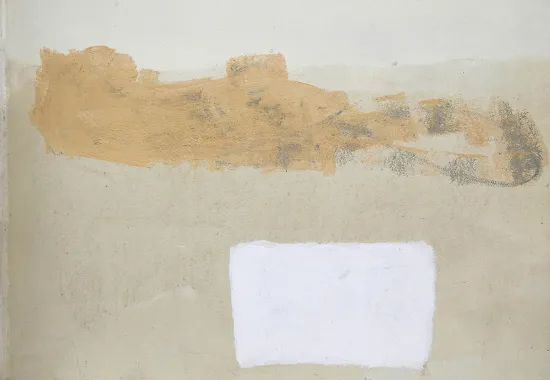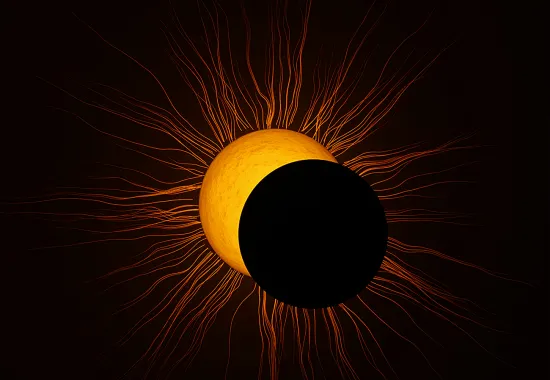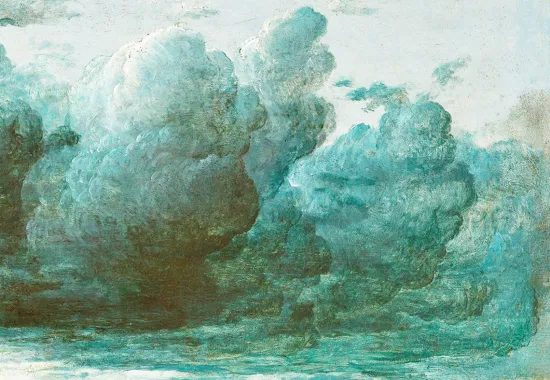The Mezzo Cammin Women Poets Timeline Project
I am a believer in community, and I am a believer in magic. Both of these beliefs have come true through The Mezzo Cammin Women Poets Timeline Project.
In 2006 I founded Mezzo Cammin, www.mezzocammin.com, the online formalist journal by women, after participating in a 2005 seminar on forgotten women poets at the West Chester University Poetry Conference. The title Mezzo Cammin, which means “middle path,” seemed fitting, coming by way of Dante, then Longfellow, then Judith Moffett, who allowed us to publish her poem “Mezzo Cammin” in the first issue. Women poets were well on their way on the journey. As Moffett emphasizes, “The grass is green here too.”
The 2005 women poets seminar was led by Marilyn Taylor and included the following participants: Kim Bridgford, Debra Bruce, Barbara Crooker, Moira Egan, Jenny Factor, Annie Finch, Diane Lockward, Margaret Rockwell, Meg Schoerke, and Patricia Valdata. As a result of the work in that seminar, one of the goals of Mezzo Cammin was to feature scholarly essays on women poets who were not well It became clear after a few issues that most women poets were not well It occurred to me that something larger needed to be done.
As I drove to work each day, I began to picture a database of women poets from around the world, whose work could be compared and contrasted in terms of theme, subject matter, and form. I expected there would be some similarities in the arc of the narrative: working against great odds to produce art in the midst of life’s daily requirements, which is difficult for most artists, but can be even more of a challenge for women, given gender inequality. My long-term goal was to include an essay on every woman poet who has ever lived.
In 2009, I was offered an opportunity to run a timeline seminar at the West Chester University Poetry Conference, where a founding group of women and I strategized in terms of the project, and went on to write the initial essays. Founding members included Kim Bridgford, Barbara Crooker, Jehanne Dubrow, Anna Evans, Julie Kane, Kate Light, Leslie Monsour, Marilyn Taylor, Patricia Valdata, Kathrine Varnes, Kathryn Voorhees, and Marion Wynne-Davies. Pivotal in laying the groundwork for this seminar at West Chester were earlier women who made their voices and viewpoints known. These included Debra Bruce, Annie Finch, Rachel Hadas, Marilyn Nelson, and Molly Peacock.
Next, I wanted to launch this important project in an iconic location, in order to symbolize its global stature. Deciding on Washington, D.C., I set about finding a The National Museum of Women in the Arts, the site of inaugural balls and a symbolic site of women’s artistic achievement—we were inaugurating a global project about women, after all—seemed perfect, and so I moved forward with this I was grateful for help from Michael Okrent and Christopher Huntley, from the School of Business at Fairfield University, on the topics of event management and online registration, respectively, as well as overall guidance from Winston Tellis, also from the School of Business at Fairfield University, and Russell Goings, the founder of Essence. My husband, Pete Duval, went on to create the site, and my friend, Jo Yarrington, provided its symbolic image. Finally, we were ready.
On March 27, 2010, we launched the first twelve essays, with the essay on Rhina P. Espaillat being the one to go “live” on the big screen. Somi, whose latest album debuted at #2 on the World Billboard Chart, sang live. Alice Ostriker gave the keynote address; Annie Finch wrote the keynote poem; and Rhina P. Espallat, Molly Peacock, and Terri Witek read their work. Carleasa A. Coates gave a moving tribute to Lucille Clifton, and Alice Mizrachi was the featured visual artist. We also initiated our signature “women poets roll call.” Each woman poet stood in the audience as her name was called so that all women poets—at whatever stages of their careers—could stand and be counted. Each time I participate in the roll call, I get tears in my eyes because it is so moving to see women poets standing together. We are usually so separated by time and space, and by all of the circumstances of our lives.
The project went on to be featured on NPR (National Public Radio); in The Connecticut Post; on the websites of VIDA: Women in Literary Arts, Best American Poetry, the Poetry Foundation, and The News Hour with Jim Lehrer; in Women on Poetry; and in various headline news outlets.
Shortly after the launch, I became the director of the West Chester University Poetry Center and the West Chester University Poetry Conference, the largest all-poetry writing conference in the United States. At that time, Anna Evans became the essays coordinator of The Timeline Project, and has admirably run its annual seminars at West Chester.
Since the launch, we have had two other national events: one at the Pennsylvania Academy of the Fine Arts in Philadelphia and the other at NYC’s Lincoln Center. The first event involved a collaboration with PaFA in affiliation with an exhibition of over two hundred works of visual art by women. That evening, Thursday, March 21, 2013, Rachel Hadas, Marilyn Nelson, and Sonia Sanchez gave readings, Suzzette Ortiz and her band performed, and we held the signature women poets roll call. The evening concluded with a champagne and dessert reception honoring the timeline. I wish to thank David Brigham, CEO of PaFA, for his vision in putting the event in motion, and Monica Zimmerman for her time and energy in coordinating the logistics of the event in the PaFA After Dark series.
By 2014, there were fifty essays on the timeline, and we wanted to celebrate this important marker. We did so at Fordham University at Lincoln Center on Friday, April 11, at an event coordinated by Angela O’Donnell. In addition to readings by Rhina P. Espaillat and Rachel Hadas, there were presentations by women who had written essays for the timeline, including Melissa Adamo, Melissa Balmain, Kim Bridgford, Maryann Corbett, Anna Evans, Kyle Potvin, Jane Satterfield, Wendy Sloan, Kathrine Varnes, Kathryn Voorhees, and Joyce Wilson. The following day, Saturday, April 12, there was a retreat for The Timeline Project, led by Anna Evans. As the project goes increasingly global, we invite additional women scholars and poets to help in its formation.
Each essay is approximately ten pages, with half of the essay about the author and half about the work of the author. We also include a photo of the author, as well as the author’s date(s), birthplace, language, forms, and subjects. The essays are then categorized by century, and organized by birth date. Already they are being used by scholars who are using the work to break new ground on these undiscovered women poets.
Rhina P. Espaillat recently said, “You are bringing these women poets back from the dead, bringing their voices into the room, and putting them into conversation with each other.”
That is the dream of The Mezzo Cammin Women Poets Timeline Project.
Kim Bridgford is the director of the West Chester University Poetry Center and the West Chester University Poetry Conference, the largest all-poetry writing conference in the United States. As editor of Mezzo Cammin, she founded The Mezzo Cammin Women Poets Timeline Project, www.mezzocammin.com, a comprehensive database of women poets. Bridgford is the author of eight collections of poetry, including the forthcoming Doll, and has received grants from the National Endowment for the Arts and the Connecticut Commission on the Arts. With her collaborative partner, visual artist Jo Yarrington, she has traveled to Iceland, Venezuela, and Bhutan, and was the recipient of a Ucross fellowship.
Photos provided by: Kim Bridgford and Annie Finch, Timeline Launch, National Museum of Women in the Arts, March 2010.
Women Poets, Timeline Launch, National Museum of Women in the Arts, March 2010.
Recommended
Mercy
Eclipsing
Psychic Numbing


